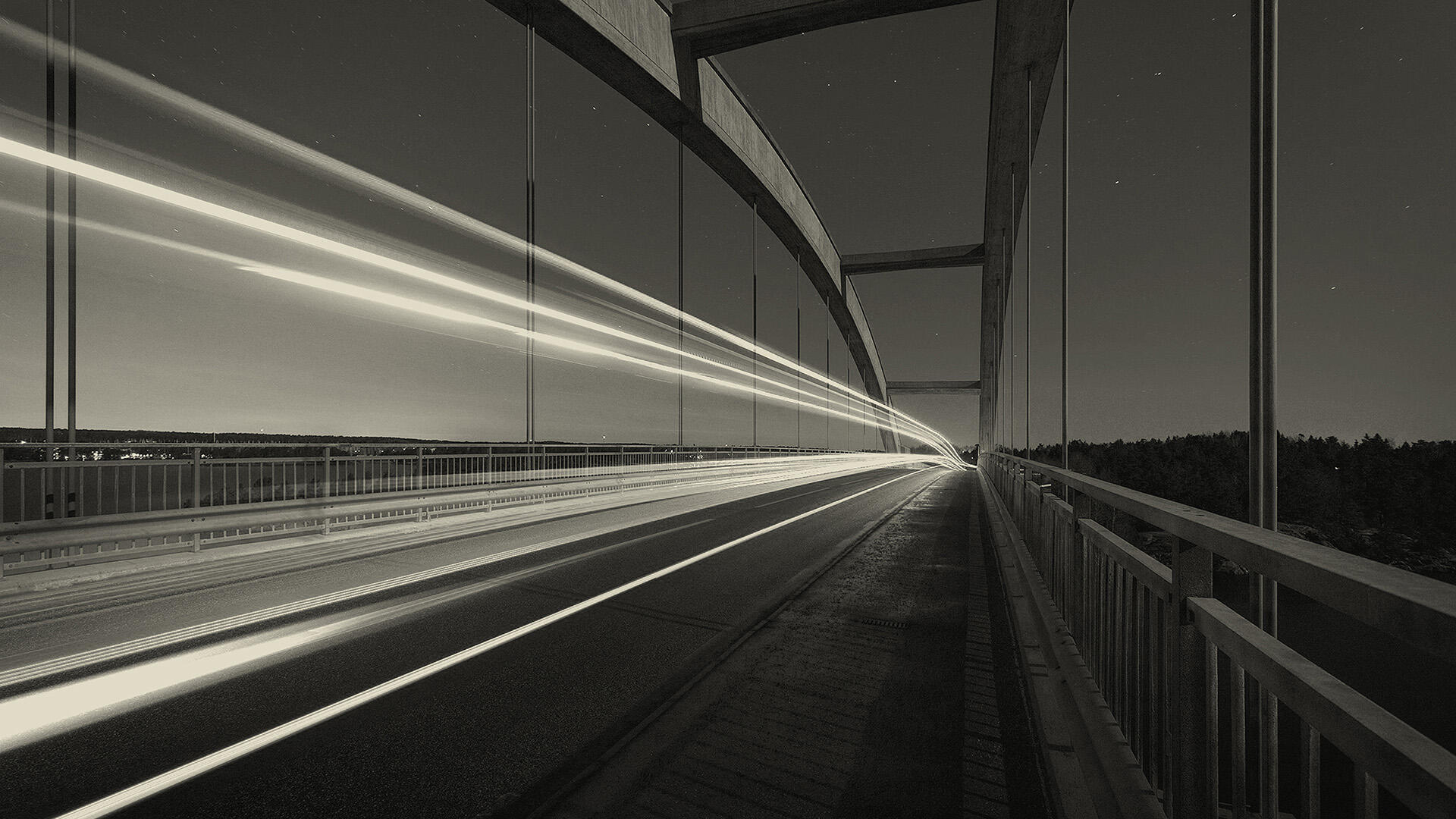Blog
Official guidance on patent protection for AI create inventions

Published
16 Feb 2024

“Can AI invented inventions be patented?” This question is trending and has so far only been answered by the courts in the cases of Dabus (see blog). Until now there has not been any official guidelines to this answer yet. However, the United States Patent and Trademark Office (hereinafter ‘USPTO’) just did.
From 13 February 2024 the USPTO’s Inventorship Guidance for AI-Assisted Inventions (hereinafter ‘the guidance’) became effective. The guidance will apply to all United States patent applications filed on or after 13 February 2024. The guidance intents to provide a framework that guides the approach to be followed in evaluating whether an AI-created invention is eligible for patent protection.
What is the guidance?
Guiding principles for AI inventions
- Use of an AI system by a natural person to create an AI-assisted invention does not negate their role as an inventor. The person can be listed as an inventor if they contribute significantly to the invention.
- Merely presenting a problem to an AI system may not make a person a proper inventor. However, significant contribution in constructing the prompt for a specific problem could establish inventorship.
- Merely appreciating the output of an AI system does not make a person an inventor. However, contributing significantly to the output to create an invention or conducting a successful experiment using the AI system's output may establish inventorship.
- Developing an essential building block for a claimed invention, even if not present in every activity leading to conception, may be considered a significant contribution. Designing, building, or training an AI system for a specific problem could also qualify as inventorship.
- Maintaining "intellectual domination" over an AI system alone does not make a person an inventor. Simply owning or overseeing an AI system without providing a significant contribution to the invention does not confer inventor status.
Relevance to practice
Contact form

